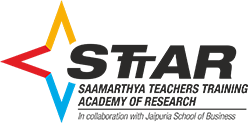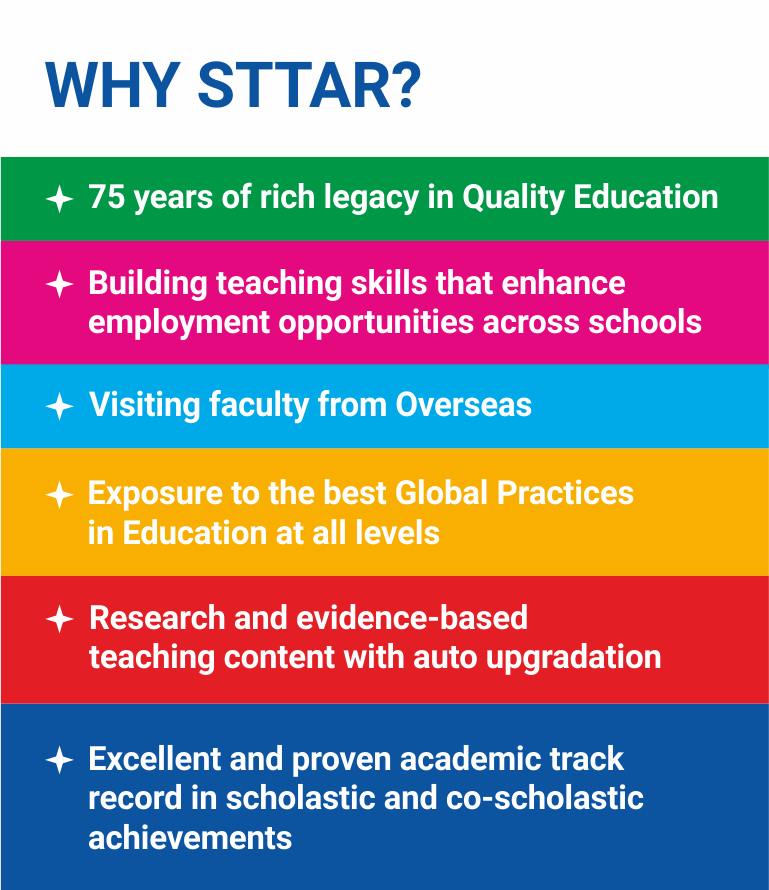10 Techniques of NLP for Educators
In today’s ever-evolving world, it is imperative for educators to continuously upskill themselves in order to impart quality education to their students. Apart from learning new technological skills, educators are also adopting Neuro-linguistic Programming to create new learning and teaching techniques.
Neuro-Linguistic Programming or NLP goes beyond regular classroom teaching and helps teachers to transform education internally. However, despite all the positive attributes of NLP, it is yet to be widely adopted. Therefore, here are 10 techniques of NLP for educators that shall help in wider adoption of the programming:
- Well Informed Goals
An effective tool of NLP is to have students define their goals or their outcomes before they begin solving the problem at hand. When the outcome is predefined, it is easier for the students to manage the obstacles that come in the middle of solving the problem.
- Rapport Building
According to research experts, students respond more positively and with better results when they have a good rapport with their teacher and also have no negative relationships with their peers. Hence, educators should focus on building a rapport with their students inside as well as outside the class. This not only increases the trust between the educator and the student but also enhances the self-esteem of both parties.
- Understanding Body Language and Tone of Voice
Another effective tool of NLP which helps educators in understanding their students is that of understanding their body language and tone of voice. Students often give signals of distress, problems, or misunderstanding through their body language and tone of voice. When a teacher is able to decipher these signals, they are able to understand the student better and guide them towards a positive solution.
- Checking and Understanding Ecology
The best part of being in a school is that students can test their ideas and thoughts on a micro scale to understand its impact and debunk the theories if necessary. This tool is extremely important for teachers to utilize in the current global scenario.
- Teaching Flexibility
The best tool that educators can use is teaching flexibility to their students in terms of response to obstacles. Instead of sticking to rigid forms of teaching, a teacher being flexible allows the student to look at alternative ways of solving a problem and this not only improves their self-esteem but also teaches them that there is no such thing as a failure but alternative routes to a destination!
- The link between emotions and learning
Researchers believe that students learn quicker and better from emotionalized discussions rather than intellectual discussions. Hence, for educators, it becomes important to teach students how to channelize their energy of different emotional states in order to help them improve their results and problem-solving skills.
- Teaching Alpha and Beta State of mind
An extremely useful tool for educators in the classroom is to influence its environment or state of mind of the classroom. The two states that should be taught to students are the Alpha state or the alert state where one is more conducive to absorb new material; and the second state is the beta state where one is highly alert to execute their tasks quickly.
- Breaking the sequence
When a teacher moves from one topic to another, there is a break in the sequence and NLP allows the teachers to teach students how to learn through these breaks. Furthermore, students can understand the flow from beginning to ending in a much better manner and create new mental strategies for themselves.
- Positive Emotion Linking to Positive Actions
This NLP tool helps to improve the self-esteem of the students as they receive a positive reaction to their positive behavior. Furthermore, it creates a cycle of positive actions and also helps break the cycle of negative behavior and teaches students that negative behavior can be undone through positive emotions.
- Framing disappointment positively
Disappointment and disagreements are a part and parcel of life. However, with this tool of NLP, educators can teach their students how to positively frame the disappointment and turn it into a learning experience rather than a negative experience.
As stated above, NLP has tools that help educators enhance and transform the education experience thoroughly for the students by helping them grow personally and professionally.
Therefore, it is necessary to build a bridge between educators and NLP tools.









